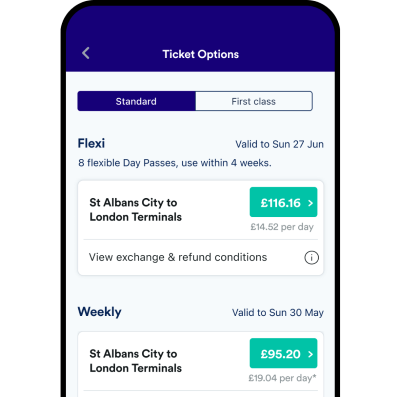According to the Independent Transport Commission think tank, there is a real opportunity to reset the UK’s transport system post-pandemic. Matthew Niblett considers the issues in play.
As the world continues to battle the ever-evolving Covid-19 virus, questions loom large about the longer-term implications for transport infrastructure and investment. Behavioural shifts and policy objectives, such as net zero carbon by 2050, mean that assumptions about infrastructure needs should be rethought. The Independent Transport Commission (ITC) think tank recently published a report on The Covid-19 Pandemic, Transport and Land Use in Britain, which has helped to shed fresh light on these questions.
Changing travel needs
First, travel behaviour and demand has undergone significant shifts since the start of the pandemic. Some of the factors driving these trends, such as more flexible working patterns and higher levels of online shopping and deliveries, were already underway before 2020, but have been accelerated by the pandemic.
Others, such as increased provision of online access to education, health services and entertainment have been helped by innovations in response to the crisis. Meanwhile, increased demand for active travel, such as cycling and walking, has led to a raft of initiatives, including the reconfiguration of local street infrastructure.
Although the public health measures to stop transmission of the virus caused substantial falls in travel demand over the course of 2020 and early 2021, many modes have since seen a significant recovery. Rail travel recently reached about 70% of pre-pandemic levels, close to the level of demand seen in 2005, while bus travel outside London has experienced a similar degree of recovery.
Car travel has now reached pre-pandemic levels, while road freight traffic exceeded the pre-pandemic situation by summer 2020 – and is now at 120 per cent of pre-pandemic levels. These aggregate figures mask important shifts in when and why people are travelling. For instance, leisure travel by rail has recovered much more strongly than rail commuting, while weekend travel by bus and rail is now much closer to pre-pandemic levels than weekday travel.
Financial challenges
Although transport and infrastructure operating costs have remained high throughout the pandemic, revenue – including ancillary revenue from shops and car parks – has been severely reduced. A range of support measures for public transport was put in place by the government, but some of these are now being removed.
The shift in passenger demand away from commuting towards more flexible leisure travel is creating problems for operators who are seeing a loss of revenue from premium peak-hour tickets. It seems likely that the policy of pushing ever more of the cost of public transport onto the passenger is no longer sustainable, and increased taxpayer support will be necessary to sustain the same quality and level of services that the public enjoyed before the pandemic.

In the post-pandemic world, financing ongoing transport operations and longer-term investment could become more challenging. However, having created a situation when tens of millions have been highly dependent on state support, ongoing government funding to support measures with wider public benefits could now be far more popular than was the case in recent decades. The response to the government’s Integrated Rail Plan shows that the public appetite is strong for improved investment in transport infrastructure.
Build back better
Transport infrastructure planning and delivery typically takes place over a five to 15-year period and provides for needs many decades into the future. It will be essential, therefore, that policy makers avoid a short-term, cost-slashing reaction to the pandemic, and consider wider policy objectives such as reducing regional economic disparities or reaching net zero carbon emissions by the middle of the century.
If objectives such as these are to be met, the pandemic offers a real opportunity to rethink our travel needs and deliver better and more sustainable transport infrastructure. It will be important to increase investment in passenger transport and make this more attractive to the public through improved services and reliability.
One way to justify this investment is to upgrade our appraisal of infrastructure projects to ensure that the right objectives and benefits are correctly identified. For example, journey time savings may now be less relevant than environmental and social/community benefits. Local, small-scale interventions, such as street re-design, may be quick wins, while major transport infrastructure projects should be accelerated as a means of encouraging economic growth.
Furthermore, in order to avoid a permanent increase in road traffic, as well as to achieve the policy objectives of phasing out petrol/diesel vehicles and generate modal shift to public transport, the case is strengthened for new road user charging mechanisms to raise revenue.
Matthew Niblett is director of the Independent Transport Commission.
Click here to download the ITC report, The Covid-19 Pandemic, Transport and Land Use in Britain.

